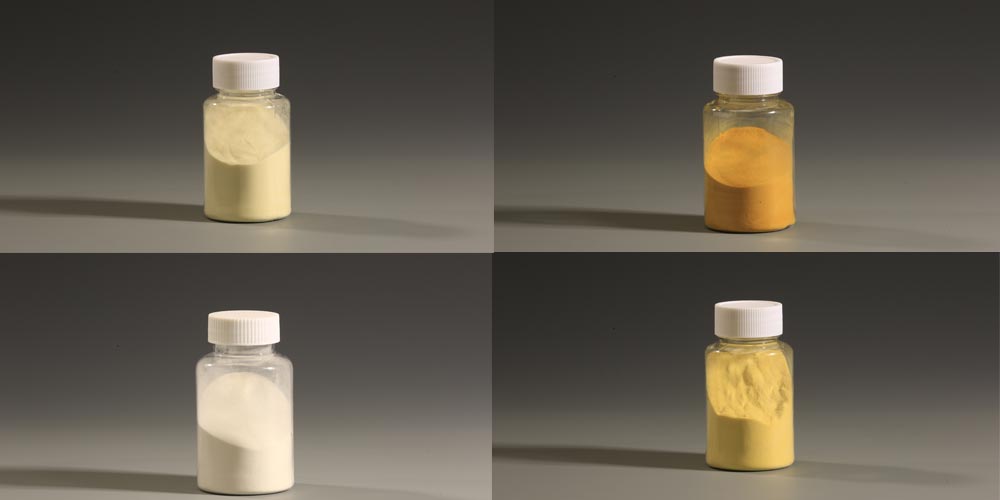Ha o rekaPolyaluminium Chloride(PAC), coagulant e sebelisoang haholo mekhoeng ea ho hloekisa metsi, matšoao a 'maloa a bohlokoa a lokela ho hlahlojoa ho netefatsa hore sehlahisoa se finyella litekanyetso tse hlokahalang' me se loketse ts'ebeliso ea sona e reriloeng. Ka tlase ke matšoao a mantlha ao u lokelang ho tsepamisa maikutlo ho ona:
1. Aluminium Content
Karolo ea mantlha e sebetsang ho PAC ke aluminium. Ho sebetsa ha PAC joalo ka coagulant haholo ho ipapisitse le bongata ba aluminium. Ka tloaelo, litaba tsa aluminium ho PAC li hlahisoa e le liperesente tsa Al2O3. PAC ea boleng bo holimo ka kakaretso e na le lipakeng tsa 28% ho isa ho 30% Al2O3. Likahare tsa aluminium li lokela ho lekana ho etsa bonnete ba hore ho sebetsa ka katleho ntle le tšebeliso e feteletseng, e leng se ka lebisang ho se sebetse hantle ha moruo le liphello tse mpe tse ka bang teng ho boleng ba metsi.
2. Motheo
Basicity ke tekanyo ea tekanyo ea hydrolysis ea mefuta ea aluminium ho PAC mme e hlahisoa e le peresente. E bontša karo-karolelano ea hydroxide ho ion aluminium ka tharollo. PAC e nang le maemo a mantlha a 40% ho isa ho 90% hangata e ratoa bakeng sa lits'ebetso tsa tlhoekiso ea metsi. Hangata motheo o phahameng o fana ka maikutlo a ho kopanya ho sebetsang hantle empa o tlameha ho leka-lekana khahlanong le litlhoko tse khethehileng tsa ts'ebetso ea ho hloekisa metsi ho qoba ho feta kapa ho fokotsa phekolo.
4. Maemo a ho se hloeke
Boteng ba litšila tse kang litšepe tse boima (mohlala, loto, cadmium) e lokela ho ba tse fokolang. Litšila tsena li ka baka likotsi tsa bophelo bo botle le ho ama tšebetso ea PAC. High-purity PAC e tla ba le maemo a tlase haholo a litšila tse joalo. Lipampiri tsa lintlha tse fanoeng ke bahlahisi li tlameha ho kenyelletsa tlhahisoleseling mabapi le boholo bo lumelletsoeng ba litšila tsena.
6. Foromo (E tiileng kapa e Metsi)
PACe fumaneha ka bobeli bo tiileng (phofo kapa granules) le mefuta ea metsi. Khetho pakeng tsa mefuta e tiileng le ea metsi e itšetlehile ka litlhoko tse khethehileng tsa setsi sa phekolo, ho kenyeletsoa libaka tsa polokelo, lisebelisoa tsa ho noa, le boiketlo ba ho sebetsana le tsona. Liquid PAC hangata e ratoa bakeng sa ts'ebeliso ea eona habonolo le ho qhibiliha kapele, athe PAC e tiileng e ka khethoa bakeng sa melemo ea nako e telele ea polokelo le lipalangoang. Leha ho le joalo, sethala sa bophelo sa mokelikeli se khuts'oane, ka hona ha ho khothalletsoe ho reka mokelikeli ka kotloloho bakeng sa polokelo. Ho kgothaletswa ho reka e tiileng mme o iketsetse yona ho ya ka karo-karolelano.
7. Shelf Life le botsitso
Ho tsitsa ha PAC ha nako ho ntse ho ama tšebetso ea eona. PAC ea boleng bo holimo e lokela ho ba le nako ea bophelo bo tsitsitseng, e boloke thepa le katleho ea eona ka nako e telele. Maemo a polokelo, joalo ka mocheso le ho pepesehela moea, a ka ama botsitso, kahoo PAC e lokela ho bolokoa sebakeng se phodileng, se omileng ka lijaneng tse tiisitsoeng ho boloka boleng ba eona.
8. Litšenyehelo-Ka katleho
Ntle le boleng ba sehlahisoa, ho boetse hoa hlokahala ho nahana ka katleho ea theko ea thepa. Bapisa litheko, liphutheloana, lipalangoang, le lintlha tse ling tsa barekisi ba fapaneng ho fumana lihlahisoa tse nang le litšenyehelo tse loketseng.
Ka bokhutšoanyane, ha u reka polyaluminium chloride, ho bohlokoa ho nahana ka litaba tsa aluminium, motheo, boleng ba pH, maemo a litšila, solubility, foromo, sethala sa bophelo, katleho ea litšenyehelo, le ho latela melao. Matšoao ana ka kopanelo a bonts'a hore na PAC e sebetsa joang bakeng sa lits'ebetso tse fapaneng tsa tlhoekiso ea metsi.
Nako ea poso: May-31-2024


